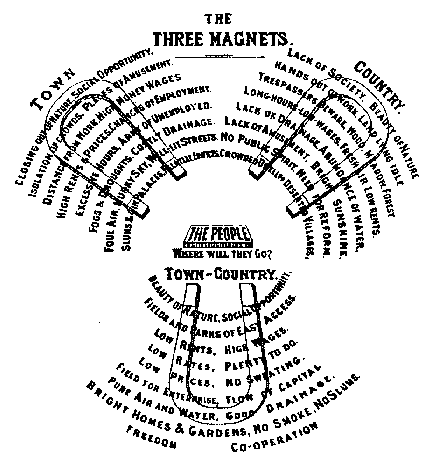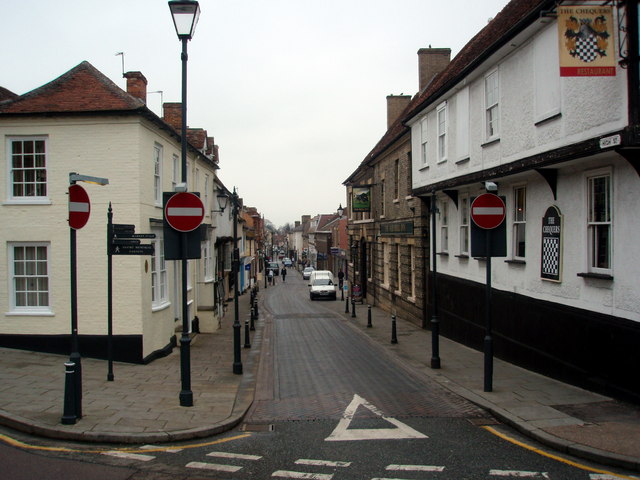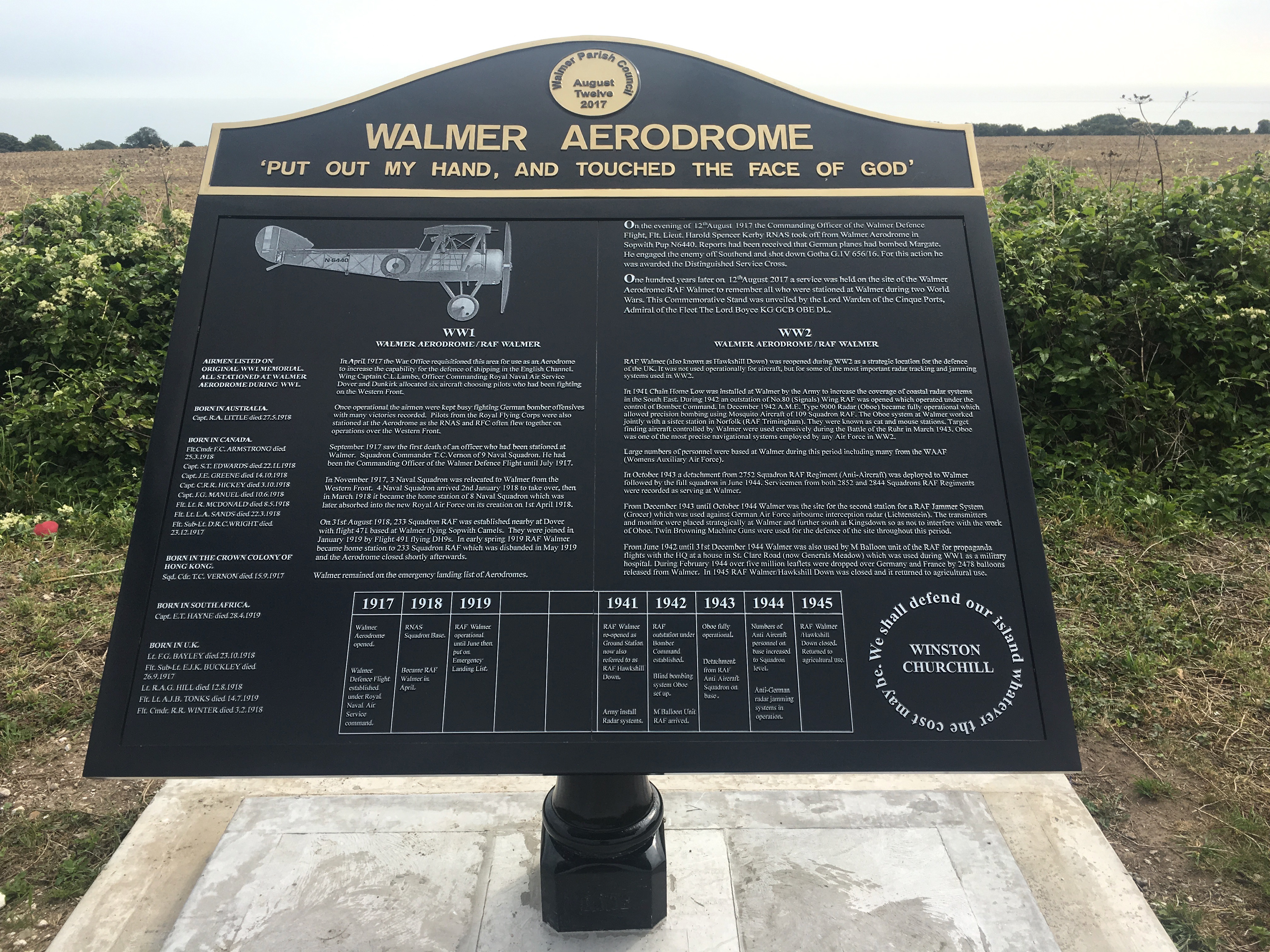|
Thomas Geoffry Lucas
Thomas Geoffry Lucas (6 June 1872 – 3 October 1947), generally known as Geoffry Lucas, but often found incorrectly spelt as Geoffrey Lucas, was a 20th-century English architect. He is perhaps best known for his work in connection with the garden city movement, but was also active in other areas, including the design of churches and church fittings. Biographical summary Lucas was born in 1872 and articled to Walter John Nash Millard of Hitchin, Hertfordshire from 1889. After academic and professional training between 1889 and 1891 he held a number of posts as an assistant in various offices before setting up his own independent practice in Hitchin in 1895. Between then and 1919 he carried out much work, mainly domestic or ecclesiastical "in a manner marked by good taste and well-studied detail", to use the words of his obituarist and former partner. Many of his commissions were within Hertfordshire and included a number of private houses for high-status patrons. In 1903, in pa ... [...More Info...] [...Related Items...] OR: [Wikipedia] [Google] [Baidu] |
Garden City Movement
The garden city movement was a 20th century urban planning movement promoting satellite communities surrounding the central city and separated with greenbelts. These Garden Cities would contain proportionate areas of residences, industry, and agriculture. Ebenezer Howard first posited the idea in 1898 as a way to capture the primary benefits of the countryside and the city while avoiding the disadvantages presented by both. In the early 20th century, Letchworth, Brentham Garden Suburb and Welwyn Garden City were built in or near London according to Howard's concept and many other garden cities inspired by his model have since been built all over the world. History Conception Inspired by the utopian novel '' Looking Backward'' and Henry George's work '' Progress and Poverty'', Howard published the book '': a Peaceful Path to Real Reform'' in 1898 (which was reissued in 1902 as '' Garden Cities of To-morrow''). His idealised garden city would house 32,000 people on a s ... [...More Info...] [...Related Items...] OR: [Wikipedia] [Google] [Baidu] |
Gretna, Scotland
Gretna ( gd, Greatna) is a town in Dumfries and Galloway, Scotland, originally part of the historic county of Dumfriesshire. It is located close to the A74(M) on the border of Scotland and England and near the mouth of the River Esk.1:50,000 OS map 85 It is the most southeasterly settlement in Scotland. The town is situated east-south-east of Dumfries, east of Annan, north-west of Carlisle, south-east of Glasgow and south of Edinburgh. History Etymology Gretna means "(place at the) gravelly hill", from Old English ''greot'' "grit" (in the dative form greoten (which is where the -n comes from) and ''hoh'' "hill-spur". The Lochmaben Stone is a megalith standing in a field, nearly west of the Sark mouth on the Solway Firth, three hundred yards or so above high water mark on the farm of Old Graitney. It was one of the traditionally recognised meeting places on the England / Scotland border. 17th century Prior to the Acts of Union 1707 of the Parliaments of England an ... [...More Info...] [...Related Items...] OR: [Wikipedia] [Google] [Baidu] |
Ashwell, Hertfordshire
Ashwell is a village and civil parish in Hertfordshire situated north-east of Baldock. History To the southwest of the village is Arbury Banks, the remains of an Iron Age hill fort which have been largely removed by agricultural activity. In 2002 a local metal detector, Alan Meek, found a silver Roman figurine of a goddess, Dea Senuna. A subsequent archaeological dig over four summers revealed 26 more gold and silver objects situated in a major open-air ritual site. The Buckinghamshire family of Nernewt (Nernuyt) held land here in the 14th century, which was originally part of the Abbot of Westminster's manor. This land became the manor of Westbury Nernewtes. The village has a wealth of architecture spanning several centuries. There was also a great fire of Ashwell on Saturday 2 February 1850, without fatalities. The village itself is mostly in a fine state of preservation, from the medieval cottage to the fine town house, plastered or timbered, thatched or tiled, in Tudo ... [...More Info...] [...Related Items...] OR: [Wikipedia] [Google] [Baidu] |
Royston, Hertfordshire
Royston is a town and civil parish in the District of North Hertfordshire and county of Hertfordshire in England. It is situated on the Greenwich Meridian, which brushes the town's eastern boundary, and at the northernmost apex of the county on the same latitude as towns such as Milton Keynes and Ipswich. It is about north of central London in a rural area. Before the boundary changes of the 1890s, the boundary between Hertfordshire and Cambridgeshire ran east–west through the centre of town along the middle of Melbourn Street. The town has a population of 15,781 as of 2011.Office for National Statistics : ''Census 2011 : Parish Headcounts : North Hertfordshire'' Retrieved 2013-03-18 History [...More Info...] [...Related Items...] OR: [Wikipedia] [Google] [Baidu] |
Old St Mary's, Walmer
Old St Mary's Church, officially known as The Blessed Virgin Mary Church, is a grade II* listed Anglican church in Upper Walmer, Kent. History and architecture The church dates from the early Norman era, being built in 1120 as the chapel to the adjoining Walmer Manor (now in ruins). The church is small, with a nave built of flint, and a roughcast lower chancel. The original Norman entrance door and chancel arch survive, along with two windows on the south side. However, the nave's north wall was removed early in the 19th century to build on an extended and deep north aisle between 1825 and 1826. This north aisle was demolished in 1898, with the building returning to its original size. The south doorway is early Norman, with large shafts and capitals in a scalloped style. The chancel arch shares many decorative motifs with the south doorway, however the inner arch has cushion-shaped capitals as well as extra moulding. The Duke of Wellington worshipped here whilst staying a ... [...More Info...] [...Related Items...] OR: [Wikipedia] [Google] [Baidu] |
Walmer
Walmer is a town in the district of Dover, Kent, in England. Located on the coast, the parish of Walmer is south-east of Sandwich, Kent. Largely residential, its coastline and castle attract many visitors. It has a population of 6,693 (2001), increasing to 8,178 at the 2011 Census. Walmer is closely associated with its adjoining neighbour, the town of Deal - sharing many amenities and services and benefiting from Deal's High Street shopping area. Walmer railway station is on the Kent Coast Line. History Julius Caesar Julius Caesar reputedly landed on the beach here in 55 BC and 54 BC. It is only one possible landing place, proposed judging from the distances given in his account of the landings in his ''Gallic Wars''. In the 19th century it was thought that he had landed by Deal Castle – hence a house there with SPQR emblazoned on its gate – but in 1907 the landing point has been proposed to be half a mile further south, beyond the lifeboat station, and marked by a c ... [...More Info...] [...Related Items...] OR: [Wikipedia] [Google] [Baidu] |
Royal Institute Of British Architects
The Royal Institute of British Architects (RIBA) is a professional body for architects primarily in the United Kingdom, but also internationally, founded for the advancement of architecture under its royal charter granted in 1837, three supplemental charters and a new charter granted in 1971. Founded as the Institute of British Architects in London in 1834, the RIBA retains a central London headquarters at 66 Portland Place as well as a network of regional offices. Its members played a leading part in promotion of architectural education in the United Kingdom; the RIBA Library, also established in 1834, is one of the three largest architectural libraries in the world and the largest in Europe. The RIBA also played a prominent role in the development of UK architects' registration bodies. The institute administers some of the oldest architectural awards in the world, including RIBA President's Medals Students Award, the Royal Gold Medal, and the Stirling Prize. It also manages ... [...More Info...] [...Related Items...] OR: [Wikipedia] [Google] [Baidu] |
Hubballi
Hubli, officially known as Hubballi, is a city in the Indian state of Karnataka. The twin cities Hubli–Dharwad form the second largest city in the state by area and population and the largest city in North Karnataka. Hubli is in Dharwad district of Karnataka and is the taluk headquarters of Hubli City and Hubli Rural. Although it hosts the HDMC office, the district headquarters is in Dharwad. It also houses the largest number of government offices outside the state capital. In 2016, Hubli-Dharwad was selected for solar city / green city master plans. In 2017, government of India included Hubli-Dharwad city for a smart city project, a flagship scheme for overall development of infrastructure in the twin-cities. Etymology The name Hubballi comes from Kannada ''Hoovina Balli'' which means "Flowering creeper" in Kannada. Hubli is the anglicised version of Hubballi. History Rayara Hubli, also called 'Eleya Purvada Halli' or 'Purballi', was the old Hubli, and according to an i ... [...More Info...] [...Related Items...] OR: [Wikipedia] [Google] [Baidu] |
Beckenham
Beckenham () is a town in Greater London, England, within the London Borough of Bromley, in Greater London. Until 1965 it was part of the historic county of Kent. It is located south-east of Charing Cross, situated north of Elmers End and Eden Park, east of Penge, south of Lower Sydenham and Bellingham, and west of Bromley and Shortlands. Its population at the 2011 census counted 46,844 inhabitants. Beckenham was, until the coming of the railway in 1857, a small village, with most of its land being rural and private parkland. John Barwell Cator and his family began the leasing and selling of land for the building of villas which led to a rapid increase in population, between 1850 and 1900, from 2,000 to 26,000. Housing and population growth has continued at a lesser pace since 1900. The town, directly west of Bromley, has areas of commerce and industry, principally around the curved network of streets featuring its high street and is served in transport by three ma ... [...More Info...] [...Related Items...] OR: [Wikipedia] [Google] [Baidu] |
Bovril
Bovril is the trademarked name of a thick and salty meat extract paste similar to a yeast extract, developed in the 1870s by John Lawson Johnston. It is sold in a distinctive bulbous jar, and as cubes and granules. Bovril is owned and distributed by Unilever UK. Its appearance is similar to the British Marmite and its Australian equivalent Vegemite. Bovril can be made into a drink (referred to in the UK as a "beef tea") by diluting with hot water or, less commonly, with milk. It can be used as a flavouring for soups, broth, stews or porridge, or as a spread, especially on toast in a similar fashion to Marmite and Vegemite. Etymology The first part of the product's name comes from Latin ''bovīnus'', meaning "ox". Johnston took the ''-vril'' suffix from Edward Bulwer-Lytton's then-popular novel, '' The Coming Race'' (1871), the plot of which revolves around a superior race of people, the Vril-ya, who derive their powers from an electromagnetic substance named "Vril". There ... [...More Info...] [...Related Items...] OR: [Wikipedia] [Google] [Baidu] |
St Bartholomew's Hospital
St Bartholomew's Hospital, commonly known as Barts, is a teaching hospital located in the City of London. It was founded in 1123 and is currently run by Barts Health NHS Trust. History Early history Barts was founded in 1123 by Rahere (died 1144, and entombed in the nearby Priory Church of St Bartholomew the Great), a favourite courtier of King Henry I. The dissolution of the monasteries did not affect the running of Barts as a hospital, but left it in a precarious position by removing its income. It was refounded by King Henry VIII in December 1546, on the signing of an agreement granting the hospital to the Corporation of London.''St Bartholomew's Hospital'' ''Old and New London'': Volume 2 (1878), pp. 359–363. Retrieved 30 January 2009 The hospital became legally styled as the "House of the Poore ... [...More Info...] [...Related Items...] OR: [Wikipedia] [Google] [Baidu] |








